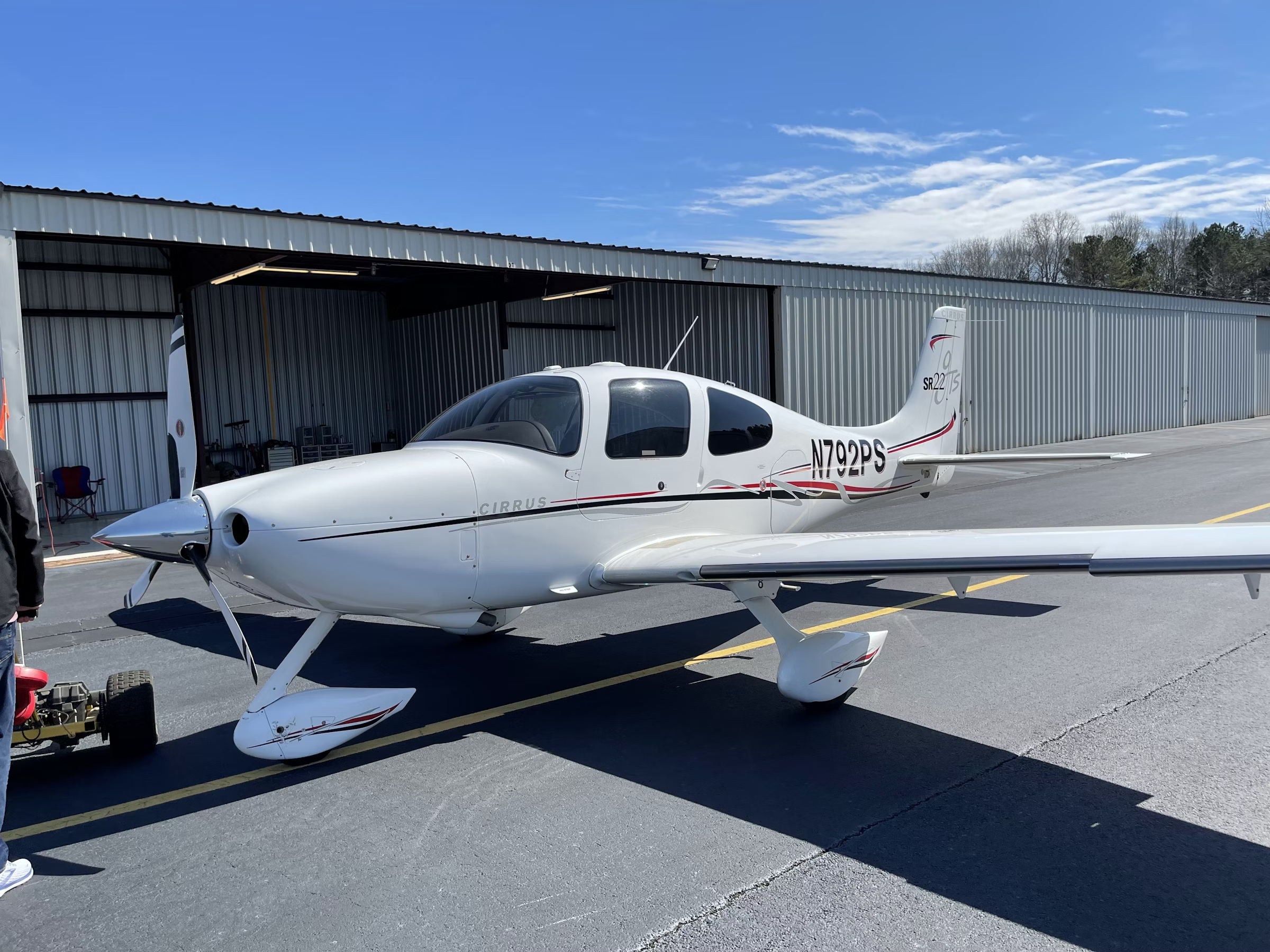On Christmas Eve, NASA’s Solar Probe ‘Touches the Sun’
Santa’s sleigh is powerful, but the space agency’s Parker spacecraft can withstand the sun’s blazing heat.

An artist’s concept depicts NASA’s Parker Solar Probe’s approach within 3.8 million miles of the sun on Christmas Eve. [Courtesy: NASA/Johns Hopkins APL/Steve Gribben]
Santa’s sleigh is powerful enough to travel around the Earth in one night. But on Christmas Eve, NASA’s Parker Solar Probe flew around the sun.
At around 6:53 a.m. EST on Tuesday, the probe flew within 3.8 million miles of our solar system’s beacon—closer than any spacecraft in history. According to the Johns Hopkins Applied Physics Laboratory (APL) in Silver Spring, Maryland, which helped build the spacecraft, if the solar system were a football field and the sun were the end zone, Parker would be right at the 4-yard line
“No human-made object has ever passed this close to a star, so Parker will truly be returning data from uncharted territory,” said Nick Pinkine, mission operations manager for Parker at APL, in a statement.
On Tuesday, NASA lost contact with Parker as it reached perihelion, or the point of closest approach to the sun. On Friday, it will send out a beacon tone so mission control can confirm its health.
“This is one example of NASA’s bold missions, doing something that no one else has ever done before to answer longstanding questions about our universe,” said Arik Posner, a Parker program scientist at NASA Headquarters in Washington, D.C.
Parker was designed by NASA and APL to “touch the sun,” braving the solar corona—the portion of the star that is visible during a total solar eclipse—to collect up-close data on solar wind and other space weather. It began circumnavigating the sun in 2018 and has completed seven flybys of Venus to gradually shrink its orbit.
Parker already holds the record for the fastest human-built object. But it broke its own high-water mark on Christmas Eve by reaching 430,000 mph—fast enough to fly between New York and Los Angeles in seconds or from Washington, D.C., to Tokyo in less than one minute.
Protecting the probe from the sun’s blazing heat is a 4-and-a-half-inch thick, 8-foot-wide foam shield, which absorbed temperatures reaching up to 1,800 degrees Fahrenheit. The body of the spacecraft a few feet behind remained around room temperature, APL said.
The Christmas Eve mission was the first of three particularly close approaches planned for Parker, with two more scheduled for March and June of next year. It will remain in its current orbit until the end of the mission, which is anticipated to end when the spacecraft runs out of fuel on June 19.
After that, it will be a dead spacecraft, left to the whims of the sun’s gravity. But the data it beams back to Earth will have given researchers a better understanding of how the solar system behaves.
Like this story? We think you'll also like the Future of FLYING newsletter sent every Thursday afternoon. Sign up now.

Sign-up for newsletters & special offers!
Get the latest FLYING stories & special offers delivered directly to your inbox






